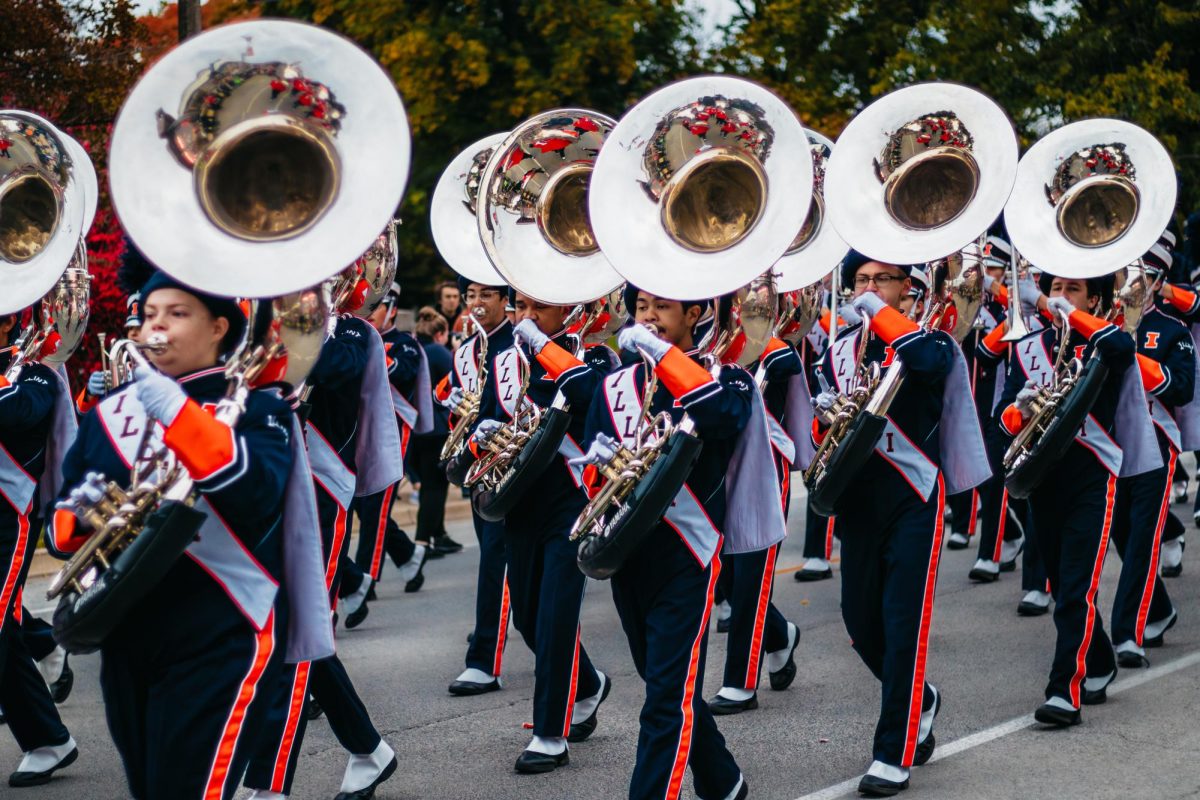Throughout the country, millions of runners suffer from similar troubles including shin splints, Achilles Tendinitis and pulled muscles. Despite the numerous technological advancements seeking to alleviate these problems, the answer could be very simple: barefoot running.
In recent years, increasing numbers of individuals have exchanged their traditional “ankle-supporting” running shoes for a glove-like counterpart known as minimalist footwear. With a thin, flat exterior and minimal cushion, these shoes have gained fame for their proposed health benefits as well as the freedom of movement they allow.
“When you wear barefoot shoes, you can feel the ground more,” said Islam Sharabash, junior in Engineering. “This leads to a totally different experience when you’re running outdoors. Concrete feels hard and grass feels soft, it’s a whole other sense.”
Though underground groups of barefoot runners have existed for some time, the recent movement toward this style began with journalist Christopher McDougall and his research of Mexico’s Tarahumara Indians.
In 1993 a slight, 55-year-old Tarahumara named Victoriano Churro raced through the rough terrain and elevated heights of the Colorado Rockies. With a simple pair of gladiator sandals, Churro went on to win the Leadville Trail 100, a 100-mile run through the Rockies.
Get The Daily Illini in your inbox!
This astonishing victory led McDougall to question how he and thousands of other consumers of “proper” footwear could suffer from crippling running injuries while those of the Tarahumara tribe are able to run extreme distances with minimal foot support.
McDougall’s research culminated in the national bestselling book “Born to Run,” which argues that barefoot running is a more natural and healthy way to move.
The alleged causes for many of the injuries runners endure stem from the differences in foot movement when individuals run barefoot and when they run with traditional sports shoes.
Jim Hixson, co-owner of the Missouri Running Company and minimal footwear user, said that the construction of typical running shoes give way to unnatural foot movement during exercise.
“With the typical running shoe, the thickness of the shoe’s heel cause your heel to land first when running,” Hixson said. “This can cause your heel to wear down and leading to pain when pressure is put on the foot. When you are barefoot, your body won’t let you hit the ground with your heel, you sort of land on the balls of your feet instead.”
The ideas “Born to Run” discusses have led to increased support from the community and studies on natural foot movement. Though at one time minimalist footwear was almost impossible to find, it now sells out in sporting goods stores across the country.
Barefoot and minimalist shoes come in a number of forms and materials. Some consist of rubber for cold weather or take on the shape of a glove with individual toe slots to enhance agility. Others mirror the look of a traditional sport shoe and could be made of leather.
Even with the benefits that many have witnessed from this type of footwear, there are also many precautions that first-time users must take.
“Everyone says to take it easy the first day you have (minimalist shoes) because they work a different muscle group,” Sharabash said. “I didn’t listen my first time, ran five miles in them and the next day my calves were so sore.”
As with any new workout regimen, individuals must take barefoot workouts a step at a time. Hixson recommends that those interested start out walking in their barefoot shoes for several of days and move to running for short distances, increasing the length as the muscles gain strength. He also noted that minimalist runners must be cautious of the surfaces that they run on. Gravel, for example, is not ideal for this type of footwear.
While Hixon, Sharabash and thousands of others praise minimalist shoes for reducing their running-related pains, the evidence to support this conviction is not completely unanimous.
“The jury is still out on barefoot running; it’s definitely not for everyone,” said Andrew J. Kluesner, podiatrist at Christie Clinic in Champaign. “There is not a ton of evidence that proves whether it is good or bad, but if you are a runner who doesn’t have any significant foot problems, then minimalist running is definitely a good thing to try.”









